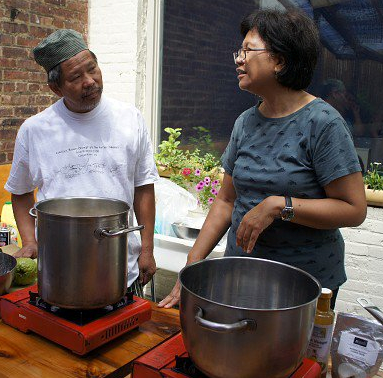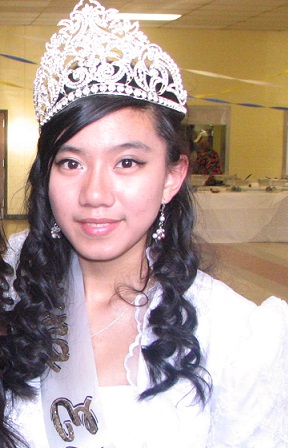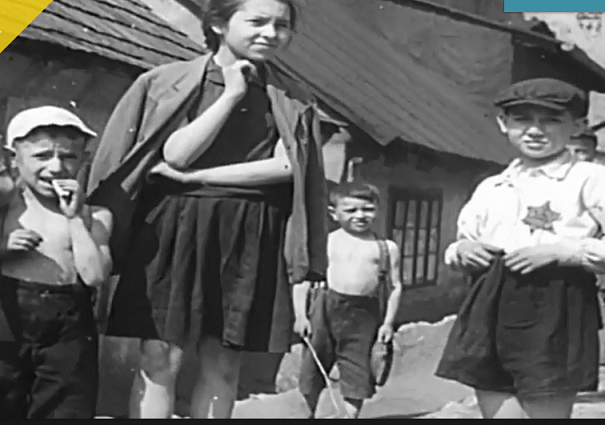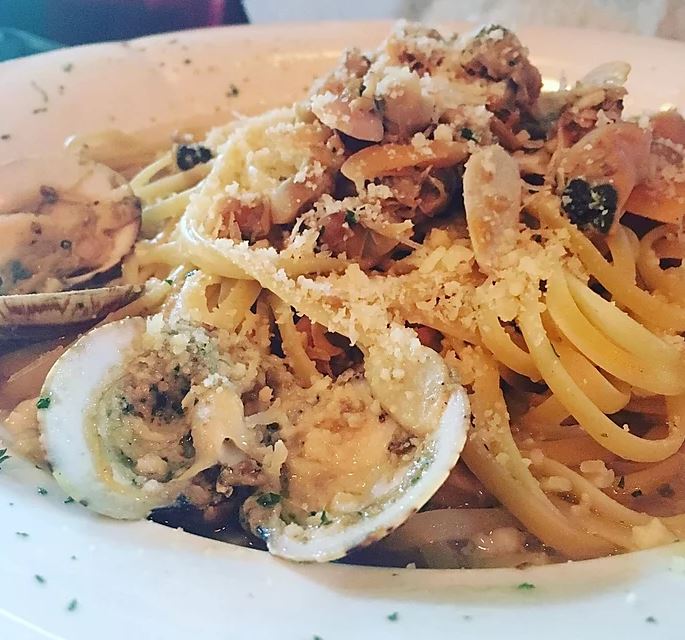The special brotherly bond between Jose Rizal and Paciano (Part 1)
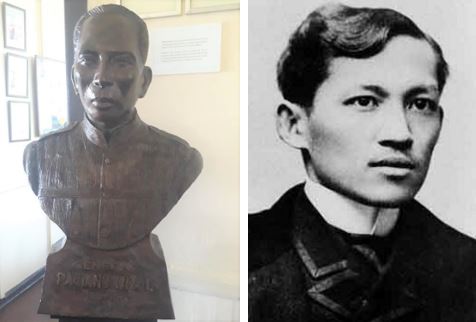
By Cristina DC Pastor
To interview Jose Rizal’s descendants, I went through Paciano Rizal’s branch of the family because the unmarried Jose had no children of his own.
Paciano and Jose are the two boys of 11 children of Francisco and Teodora of Calamba and Biñan, Laguna. I met Paciano’s great great grandson Paolo Antonio Lopez Azurin through an introduction by the Philippine Consulate, whose assistance I sought. Azurin, an investment banker who specializes in Mergers and Acquisitions, introduced me to his two boys Anton, 14, and Matteo, 10. I met all of them by Zoom and conducted my interview by Zoom and email.
Anton, who is in Grade 10, and Matteo, a fifth grader, struck me as very reserved. They both enjoy playing basketball and they are not on social media. They help out in the house with Anton doing the laundry and Matteo setting the dinner table. Azurin’s wife, Apple, is a corporate lawyer who has her own private practice. “She spends a lot of time with the boys,” he said.
Like most siblings, they fight occasionally. What do they fight about? “Anything that we don’t agree on,” quipped Anton with a faint smile. Matteo said he does not call Anton “Kuya.”
The closeness of the Azurin boys can be compared to a certain extent to the special bond between Paciano and Jose. Paciano recognizing his brother was a talented young man, took him under his wings, sent him to Europe to study and paid his tuition.
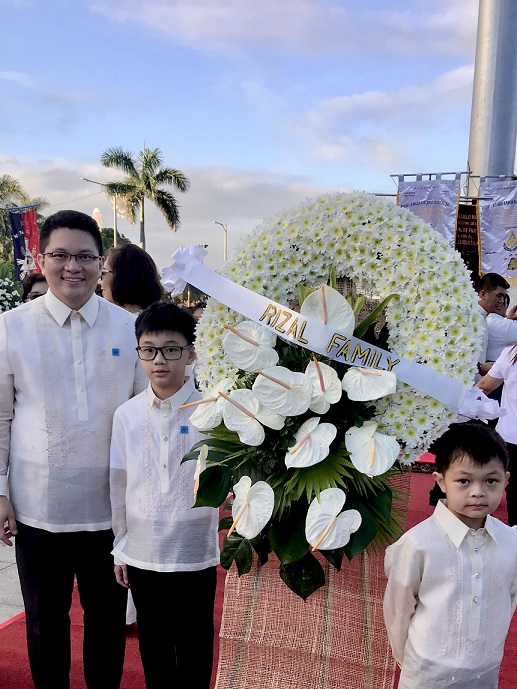
Unknown to many, the two brothers even made a pact: They would not marry but instead serve the country.
“There was a pact between Lolo Paciano and Jose Rizal that neither would get married in the service of the Philippines,” said Azurin. “This was verified by the sister Narcisa who was in that conversation.”
But Paciano, who was a general in the Katipunan founded by Andres Bonifacio, had a common-law wife Severina Decena from Calamba. They only had one daughter, Emiliana Rizal Lopez, the mother of Azurin’s grandfather, Edmundo Rizal Lopez.
“These stories get passed around among family, they don’t come out in history books,” said Azurin.
How was Paciano able to send Jose to Europe to study?
The Rizals were not a poor family. They were tenant farmers, cultivating and managing landholdings owned by the friars. When Paciano sent Jose to study abroad, he was running the business. In fact, the parents did not know Jose had gone to Europe until they got a letter from him stating he had left the Philippines.
The Rizals still keep an ancestral house in Los Banos where Paciano and his family had lived. The room where he passed away and his dinner table are still there.
“He loved that place, there’s a hot spring there.” said Azurin.
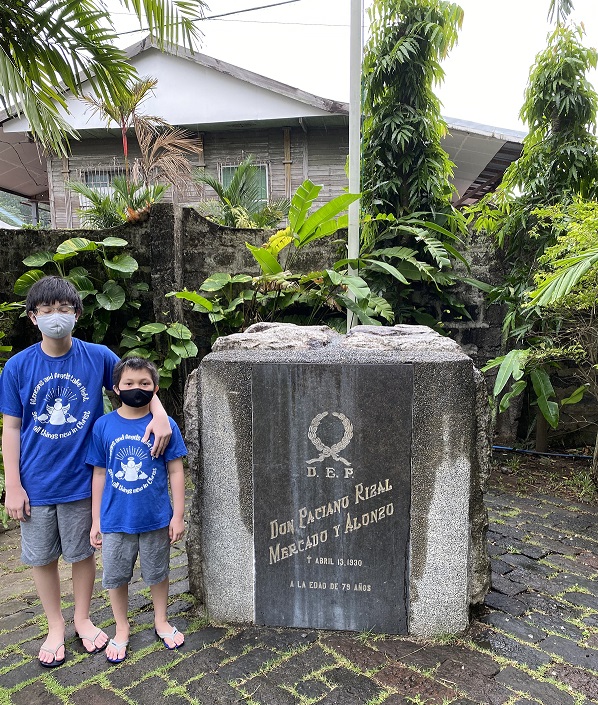
It is in this house, a sort of historical shrine, where the sprawling clan would hold their reunions. It has an NHI marker. No one lives here but a caretaker paid for by the family. Some of the remains of the family were transferred here.
“Aside from being the house of Paciano Rizal,” Azurin added, “it was also significant because it was designed by Andres Luna de San Pedro, the son of Juan Luna, one of the first architects in the Philippines.”
On the Mercado side, the Rizals actually descended from Domingo Lam-co from Fujian province. He moved to the Philippines in the 17th century and settled in Laguna and raised a family. They underwent name evolutions – from Lam-co to Lamco to Mercado to Rizal. On the Rizal’s mother’s side, Teodora Alonso was descended from Lorenzo Alberto Alonso, a Spanish mestizo who was municipal captain of Biñan. The name Rizal, according to Azurin, comes from the Spanish word “ricial” meaning a “green field ready for harvest”. The name was chosen by the family because of their roots in agriculture.
Part 2: Rizal descendant Anton Azurin: A sense of pride and responsibility

